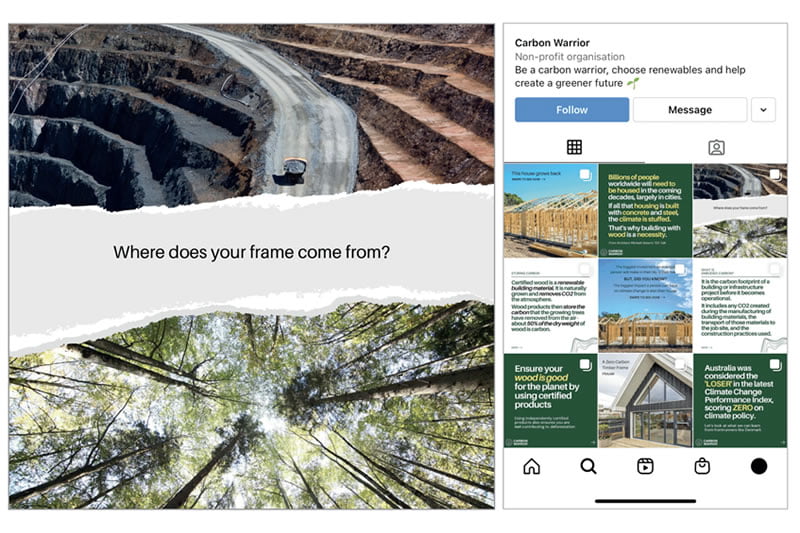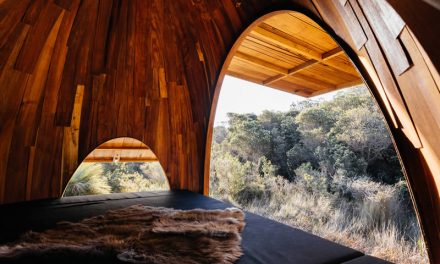A simple question to owners and builders forms part of the solution to tackling climate change.
When choosing building materials it is vital to think about where they come from. Almost all buildings are based on either steel and concrete or timber frames. You can’t replant the ore and rocks extracted from the planet for steel and concrete but with certified wood you can guarantee a tree is replanted.
Certified forest plantations plant roughly two to three trees for every tree harvested. Even when the huge holes left behind mining iron ore for steel are remediated, which isn’t a given, contamination issues for soil and groundwater persist.
As the world attempts to slow down the effects of climate change and reach the targets set out in the Paris Agreement, it is important now more than ever to think about the sustainability of a building and its materials.
Concrete and steel each account for around 8% of global GHG emissions, which is more than what any individual country produces except for the US and China. On average two tonnes of CO2 are emitted to manufacture one tonne of steel, whereas wood products remove more CO2 from the atmosphere than they emit during manufacture.
In fact, one cubic metre of wood contains just shy of one tonne of CO2 (more or less, depending on the species of tree). This is because trees absorb CO2 from the atmosphere as they grow and store it as carbon.
So, essentially, wood’s ability to sequester carbon helps provide a solution to embodied carbon within the built environment.
We’re not saying that wood can solve all the problems in the built environment, and materials like steel and concrete do have a place in construction and certain types of buildings, but if we want to reach the targets set in the Paris Agreement, we must use timber where possible.
We must be asking our clients: where does your frame come from? And then helping them to understand why it matters.
Becoming Carbon Warriors
The timber industry has a great story to tell – it is truly a sustainable and renewable industry. Now is the time for everyone to recognise that and share their pride in the role they are playing in creating a greener future. A starting point is to follow FTMA’s Carbon Warrior project on Instagram (@carbonwarrior) and LinkedIn, and share the great statements, statistics and case studies you’ll find there.
It is as easy as letting your customers know that by choosing timber frames and trusses, their house grows back in under 60 seconds. How? Well, with certified wood, more trees are planted than harvested, and with more than one million hectares of Australian softwood farms, approximately 20m3 of timber is grown per minute. Meaning the average house grows back in less than 60 seconds! It’s simple: wood grows back, steel and concrete don’t.
Another message emphasising the urgency of wood use in the built environment is that billions of people worldwide will need to be housed in the next 20 years. If all that housing is built with concrete and steel, the climate is stuffed. That’s why building with wood is a necessity if the world wants to successfully tackle climate change.
When discussing climate change, ask people where their house frame comes from. Is it renewable? Is it sustainable? Is it made from a low embodied energy material? If their frame is made from certified or recycled wood, then it is all these things, and we should be highlighting that point at every opportunity.
Everyone has a duty in the fight against climate change, and it is as simple as choosing the right materials in our lives. Let people know that by choosing certified wood they are storing carbon in their buildings, helping put a stop to deforestation and creating a greener future.
These are easy and simple messages that anyone who cares for the planet and our future will understand. So, let’s share them and all be proud Carbon Warriors!
For more on how to be involved in the Carbon Warrior project follow, share and like us on Instagram @carbonwarrior. If you have any questions, please contact us via nikita@ftma.com.au
Nikita Gentle
Carbon Warrior project manager
Image: The FTMA campaign materials highlight the sustainability of timber frames.











